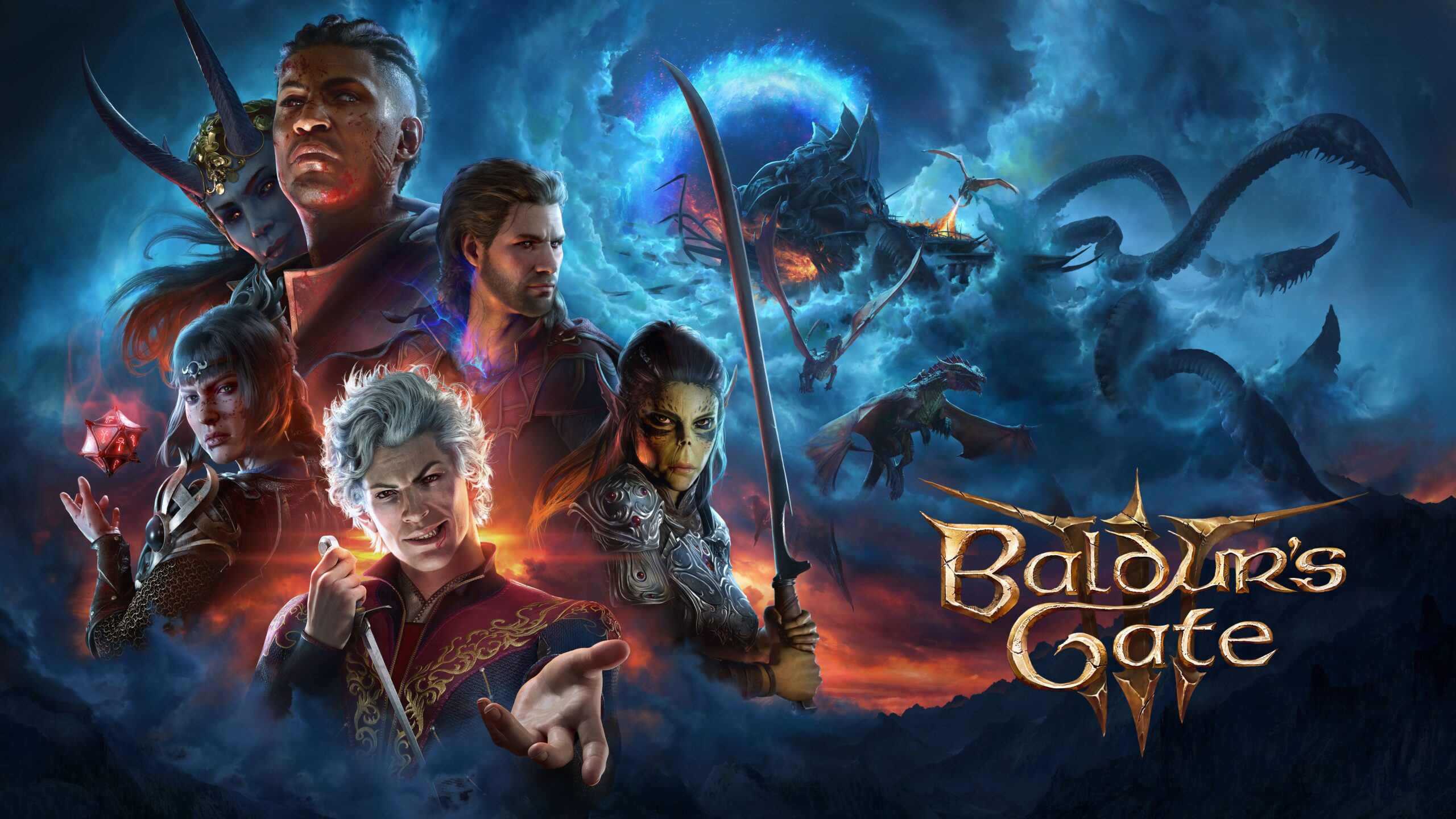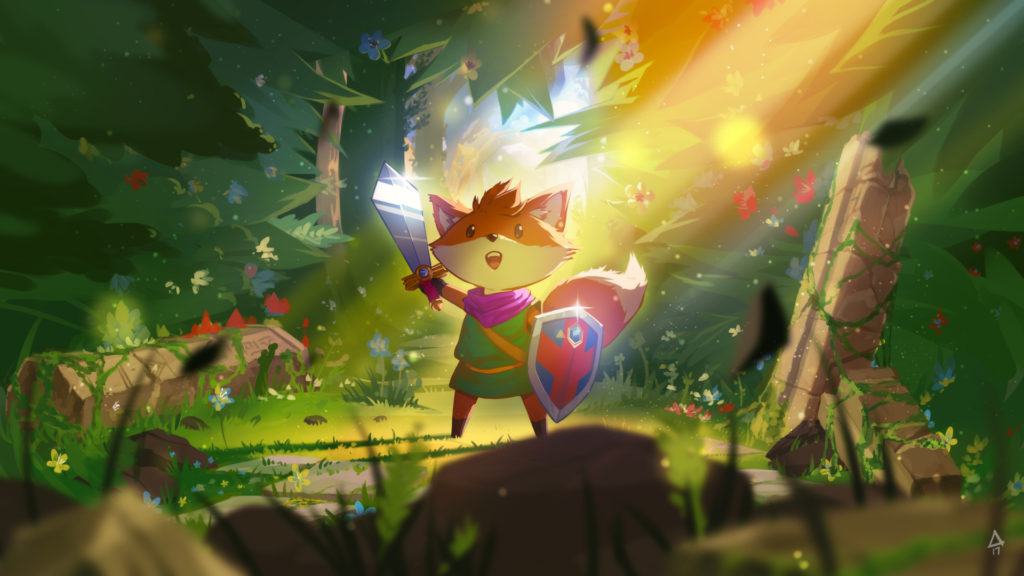
Provided by Finji and Ico
Review: Tunic Is A New Indie Classic
Being dropped into the mysterious world of Tunic was an experience I was not prepared for. The game presents itself as a simple and easy to pick up isometric adventure game that is unreal cute, which it absolutely is. But it has a lot more in store for players. Only a few minutes into playing Tunic, it starts sprinkling in the first of many enjoyable surprises that reveal the true beauty of playing Andrew Shouldice’s masterpiece.
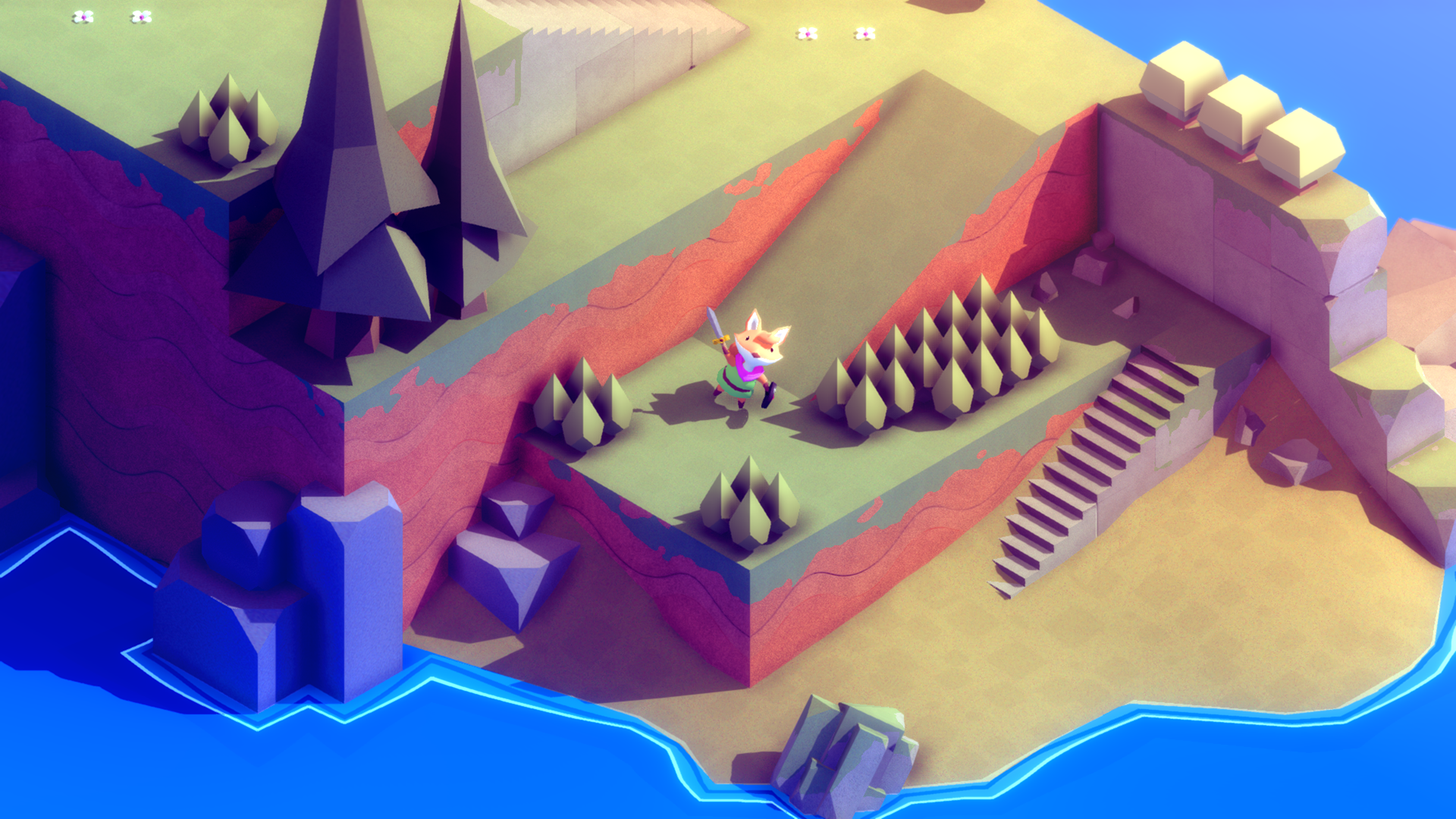
It is going to be impossible to ignore all of the bits and pieces Tunic takes from other games, so let’s get right to it. The influences of many beautiful and legendary games become clear at different points in this game, each time proving that this game is made by a developer that loves video games and wants to share that love with other fans. Shouldice has mentioned that parts of Tunic come from games such as FEZ, Bloodborne, Myst, and of course, The Legend of Zelda.
“If Tunic manages to synthesize all these and can give people at least a fraction of those feelings, I’ll be happy,” Shouldice said in an interview with Xbox. I can gladly say that Tunic hits that mark and still creates a unique experience that I enjoyed exploring for about a dozen hours.
Tunic’s moment to moment gameplay is a satisfying blend of combat, puzzles and exploration, all of which provide a challenge that pays off both within game rewards and the player’s own feeling of completion. This is where I feel like the From Software flavor kicks in. You fight from one bonfire-like shrine to the next. Each time you rest at one of these shrines, you can restore your three energy meters and upgrade your abilities, but doing so will also respawn all defeated non-boss enemies.
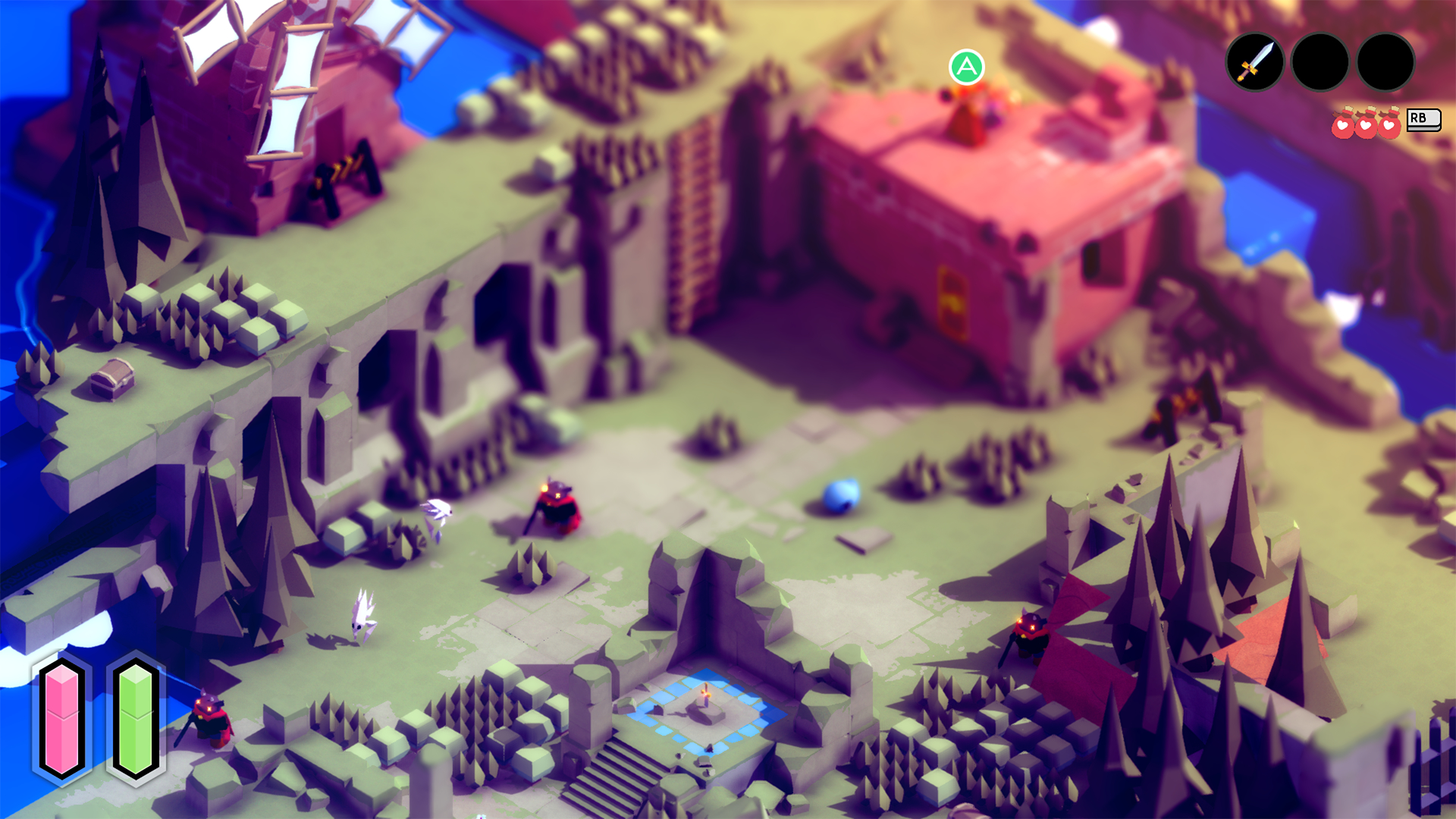
With no real fast travel system to use you are forced to travel this gorgeous world by foot, and I think that is to the game’s benefit. Being able to spend time just taking in the world was something I was grateful for because Tunic’s presentation is as gorgeous as it is mysterious. Secret areas are riddled throughout the world along dark walls and behind crumbling ruins, enticing you to explore every room you enter just in case you get the opportunity to solve a quick puzzle and collect your rewards.
I spent a lot of my downtime between battles deciphering the incomplete game manual that gets filled in over time as you explore and collect the missing pages. I can’t believe I’m saying this, but the standout feature of this game is the manual. It becomes a puzzle itself to look over each page, unsure of what the unearthly language is describing to you, and teach yourself how to play. Tunic levels the playing field with its obtuseness, making everyone rely on flipping through a book and using pictures or context clues to make their best educated guess on where they should explore next.
Tunic really only asks players to do one thing: learn how to get to the end. That means memorizing boss patterns, testing out newly acquired items, or connecting the maps to get from one area to another. A lot of that learning includes trial and error tests like dying on a dangerous path over and over, or beginning to roam one area before realizing the tool you need is in another. The game asks you to commit to it as much as it commits to its own vision. Every discovery you will have in Tunic is intentional and is there to gently guide you to the right path while having some fun along the way.
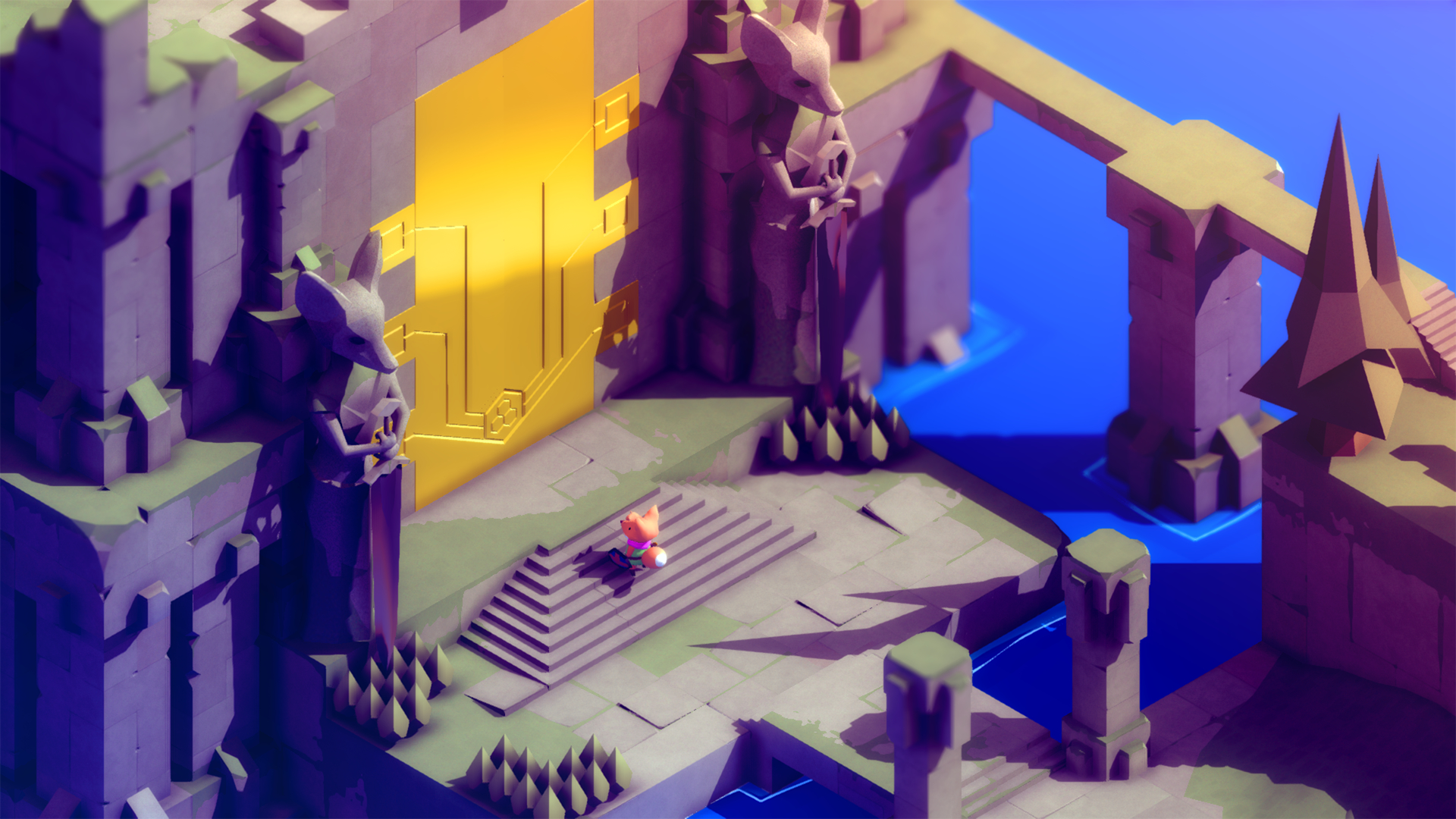
I have to mention the accessibility options Tunic provides its players. I can’t say it has as many incremental adjustments like Celeste, nor does it have options to adjust the game to account for disabilities. However I do want to note two changes players can make to be able to enjoy the game without as much frustration. Tunic allows players to turn on “No Fail Mode” and “No Stamina Restrictions,” Both options will greatly reduce the difficulty of the game for those who prefer not to be held back by combat challenges.
When Tunic was revealed back in 2018 all eyes were on its surface-level aesthetic and the expectations that followed. Years later, it is clear that what we are receiving isn’t just a beautiful modernized Legend of Zelda. Tunic delivers a unique blend of challenge and approachability layered between cute art and depth in design. It blows my mind how gracefully the art direction was applied to this thoughtful and realized world, created essentially by one developer. I highly recommend Tunic as a game that stands up next to other modern indie masterpieces, especially if you have been keeping an eye on it over the past few years.
If you like what we do here at Uppercut, consider supporting us on Patreon. Supporters at the $5+ tiers get access to written content early.





